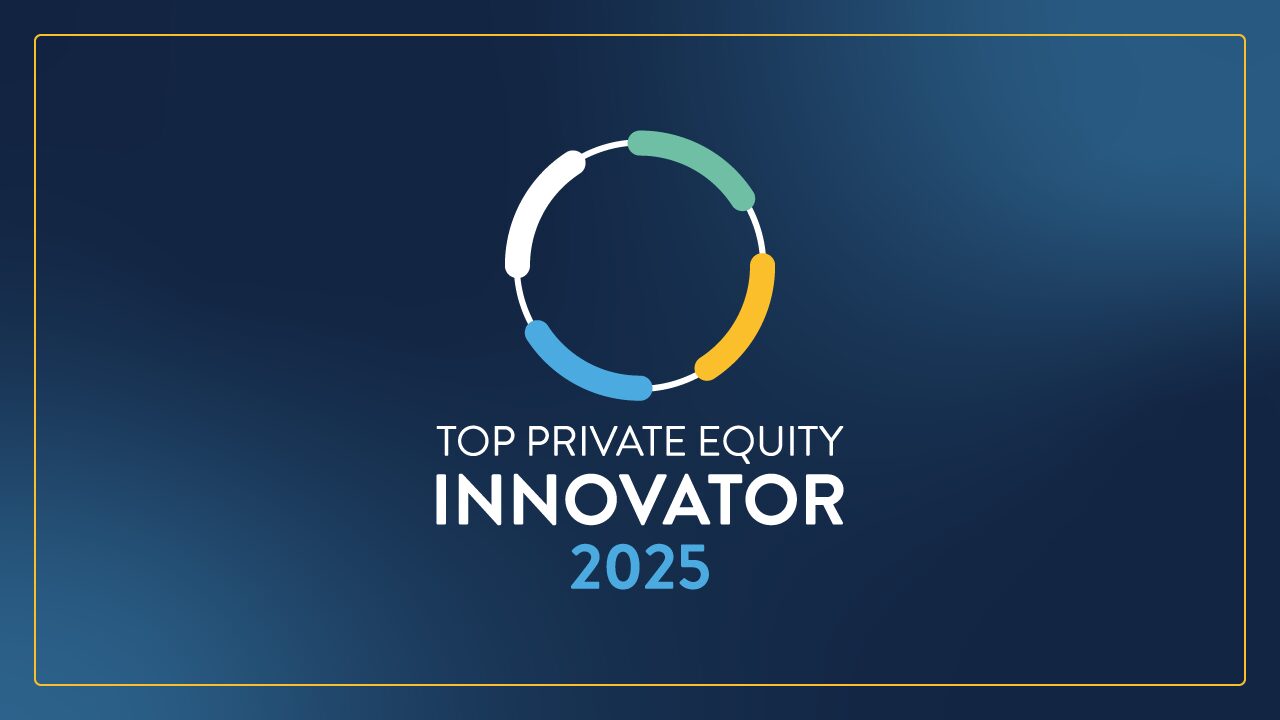A rapid transformation of the global workforce has been taking place, fueled by digital transformation, specialization, and an increasingly on-demand labor pool. This transformation will only accelerate in light of the Coronavirus pandemic. Your company can’t afford to be paralyzed. In fact, when the world starts rotating again, now more than ever you and global workers need to proactively embrace these changes and be ready to act.
Just look at what’s happening at the government level: a task force appointed by the President in order to tackle COVID-19. These experts have backgrounds in healthcare, infectious disease, economics, and infrastructure. Within a few months, they will have done their duties and will likely be off to fight the next battle. Perhaps a few will stay on longer-term to help rebuild critical healthcare infrastructure that was so clearly lacking.
In other words, having a leadership team that’s dynamic and flexible—given the rapidly changing needs of businesses—is going to be more important than ever within the next three to six months and beyond. The emerging alternative work arrangements are a win-win for both businesses in need and interim leaders with specialized skills. Highly trained professionals will embrace the opportunity to stay relevant, add value, and keep their options open while the economy comes back to life, and companies will be able to stay agile and bring in exacting expertise. Both will be able to see if a longer-term, full-time role is mutually attractive without the expectation and challenge of making a commitment in a highly fluid environment.
These interim leaders can focus on having the maximum positive impact on the company for however long they’re in their role. And the good news for organizations: as everyone is becoming more equipped to work virtually, you don’t have to wait for these people in person. Here are a few things to keep in mind as you leverage interim leaders in the coming months.
Have a specific idea of what you want interim leaders to accomplish
Companies shouldn’t measure the performance of interim leaders in the same way as full-time employees. This isn’t to say you shouldn’t have high expectations (you absolutely should), but it’s essential to recognize how their roles are unique. The first principle with interim leaders should be: do no harm. No matter what, you want the ship to keep moving forward and not disrupt momentum, which means having a tight focus on what you want done within a specific timeframe. For example, what are your top three goals within the first three to six months? By emphasizing well-defined tactical targets instead of overarching strategic goals, you’ll be deploying interim leaders as efficiently as possible.
Transparency and accountability are two of the most important traits for interim leaders, which is why interim leaders and their managers should have an open discussion about what goals they’re trying to accomplish right at the outset. When interim leaders help their colleagues develop a set of concrete outcomes to pursue and metrics for measuring success, this won’t just increase performance – it will also improve morale by giving team members a clear idea of what they’re working toward.
According to Gallup, “mission-driven workgroups suffer 30 percent to 50 percent fewer accidents and have 15 percent to 30 percent less turnover.” However, only 40 percent of employees “strongly agree that the mission or purpose of their company makes them feel their job is important.” This is why it’s vital to outline what the mission is and what steps the company is taking to accomplish it. If anything, interim leaders are under even more pressure to outline exactly what outcomes their teams are trying to achieve – they’re hired with specific targets in mind and they typically have to rigorously adhere to set timeframes.
Without establishing well-defined goals, it’s impossible to hold interim leaders accountable. The alternative workforce is built around accountability, for both independent workers and the companies that hire them. Just as companies want to know if potential leaders have a proven record of finishing projects on time and under budget, good leaders want the ability to prove what they’re capable of by pointing to what they’ve accomplished.
Treat interim leaders like full-time teammates
Interim leaders are recruited because they offer a specialized set of skills that a company’s current workforce can’t provide. To be as effective as possible, however, these leaders should work within the existing protocols and expectations – as well as the current structure and culture of the company – to be as productive as possible without becoming disruptive. They should be treated like full-time resources.
Many organizations hire interim leaders with the expectation that these professionals have specialized expertise and thus should know what to do or will require little management. This approach doesn’t work with full-time executives and will also not work with interim leaders. You still need to manage them with care to enable them to support your organization’s success and achieve desired objectives.
According to Deloitte, despite the fact that American employers are increasingly reliant upon alternative workers, only 28 percent say they’re “ready or very ready” to manage these types of workforces. While just 8 percent of companies report that they have “established processes to manage and develop alternative workforce sources,” almost a quarter have “little to no processes.” The rest are somewhere in between.
This means interim leaders will also have to step up to address this lack of capabilities and processes by proactively engaging with permanent team members right away (asking what they need and what major obstacles they face, for example), starting conversations about reasonable goals and how to achieve them, and familiarizing themselves with the company’s culture and operations as quickly as possible. Companies will be on a steep learning curve with the alternative workforce for years to come, so alternative workers themselves need to equally take responsibility in the meantime.
Why flexibility should be a top priority across the company
The most common mistake people make when they think about the alternative workforce is to reduce it to the gig economy. A surging number of highly trained specialists like the flexibility that alternative work arrangements provide. CFOs, CTOs, and other members of the C-suite want to be more selective with the types of work they do and are open to moving from project to project while waiting to find the right long-term opportunity. This allows them to expand their skill sets, network, and secure long-term positions that will ultimately be better for them and the companies they work for.
And this demand for flexibility extends to other workers as well. According to a 2019 survey conducted by FlexJobs, 80 percent of employees said they would be more loyal to their companies if they had flexible work options, 65 percent said they would be more productive if they could work from home, and almost one-third reported that they had actually left a job due to a lack of flexibility.
None of this will come as a surprise to interim leaders – after all, they likely decided to join the alternative workforce for similar reasons. This is why they should be especially sensitive to the changing demands of American workers and do their best to provide flexibility wherever possible. This could mean any number of things – from providing remote work opportunities to instituting intelligent flexibility that allows for less rigid scheduling while not sacrificing productivity.
Specialized leaders from the alternative workforce are uniquely positioned to address the new normal that will require on-demand expertise in rapidly changing environments. If they combine their needed capabilities with an outcome-oriented mindset and the ability to merge their talents with a company’s existing culture and operations, they’ll be a powerful productive force for the future of work while simultaneously helping to rebuild the global economy.


